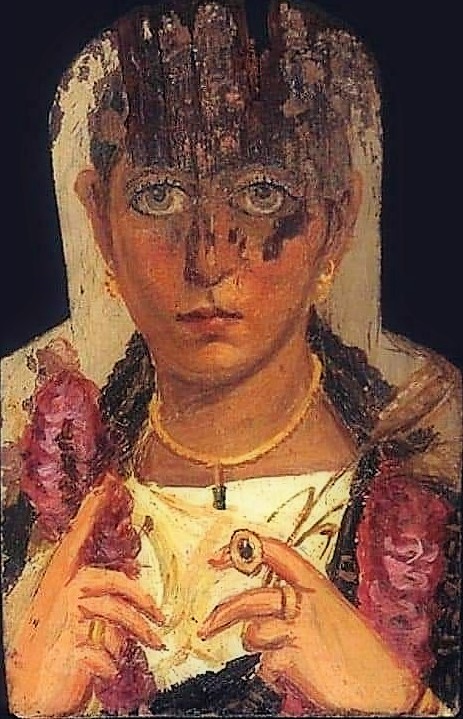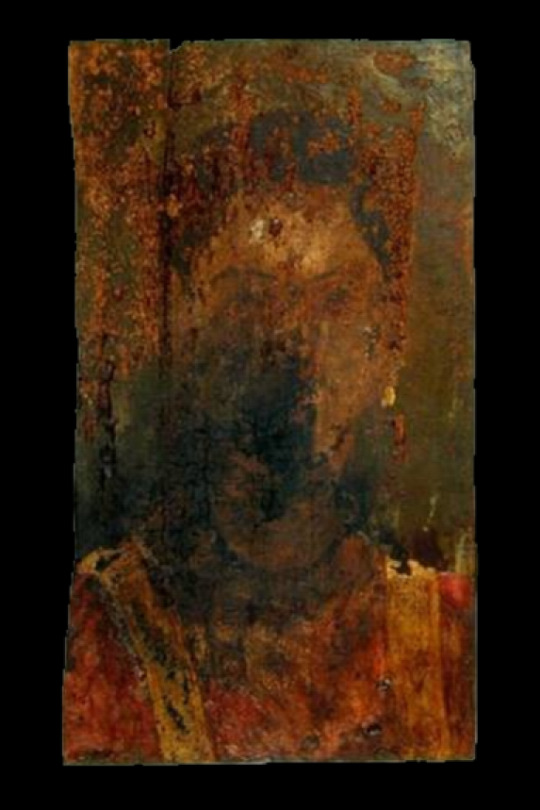Text

That's no comet. Below the Pleiades star cluster is actually a planet: Mercury. Long exposures of our Solar System's innermost planet may reveal something unexpected: a tail. Mercury's thin atmosphere contains small amounts of sodium that glow when excited by light from the Sun. Sunlight also liberates these atoms from Mercury's surface and pushes them away. The yellow glow from sodium, in particular, is relatively bright. Pictured, Mercury and its sodium tail are visible in a deep image taken last week from La Palma, Spain through a filter that primarily transmits yellow light emitted by sodium. First predicted in the 1980s, Mercury's tail was first discovered in 2001. Many tail details were revealed in multiple observations by NASA's robotic MESSENGER spacecraft that orbited Mercury between 2011 and 2015. Tails, of course, are usually associated with comets.
Image Credit: Sebastian Voltmer
940 notes
·
View notes
Photo

“Siunaa, Herra, uhri soturin.”
WW2 memorial statue by Lauri Lehtinen, 1949, at Kurikka Military Cemetery, Finland. (Sami Hakala)
599 notes
·
View notes
Photo
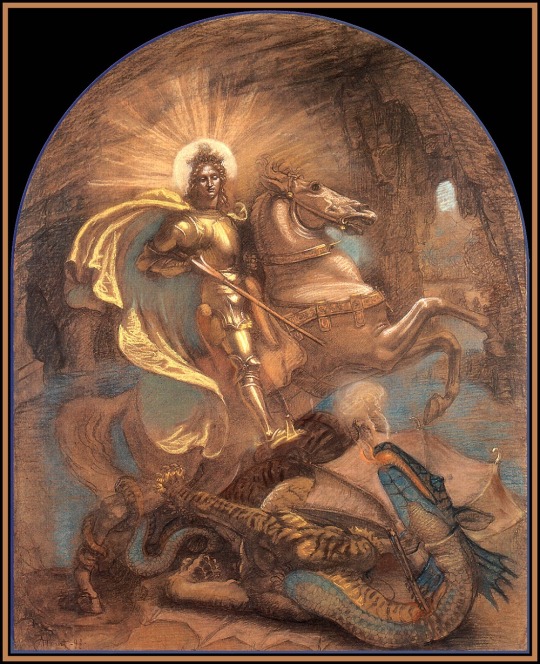
St. George and the dragon
Armand Point –1900
317 notes
·
View notes
Photo
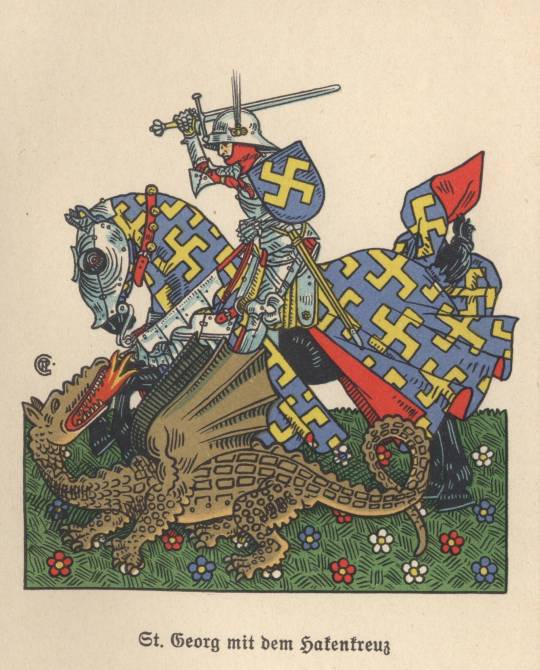
Vorsatzblatt in: Gustav Adolf Cloß: Vier Vorträge über Wappen, Verlag für Sippenforschung und Wappenkunde, Görlitz 1937.
0 notes
Photo

The Moon and stars of Taurus (with the Pleiades) and Perseus accompany the spectacular view of Comet Hale-Bopp above the Great Pyramids of Giza in 1997.
Copyright: John Goldsmith via: ESA
8K notes
·
View notes
Photo
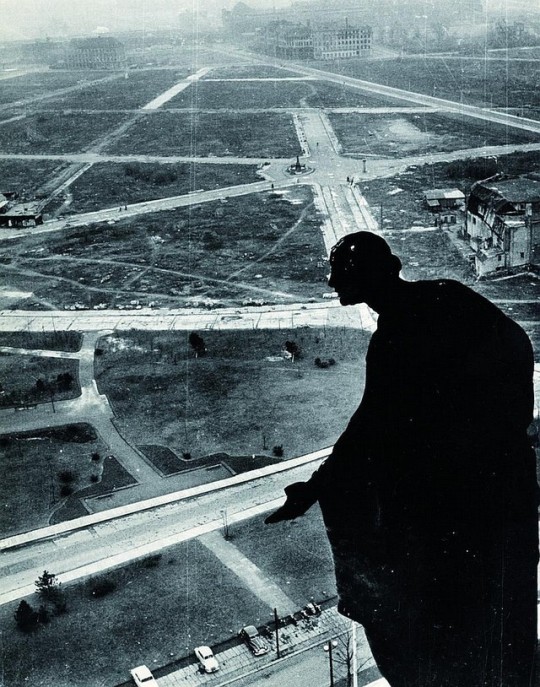
Hilmar Pabel
Vue se la tour de l'hôtel de ville en direction du centre de Dresde, 1955
284 notes
·
View notes
Photo

“Genius des Sieges / Genius of Victory” Adolf Wamper 1940
47 notes
·
View notes
Text
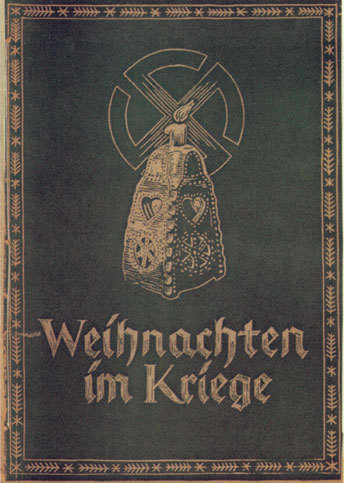


Julleuchter ( "Yule lantern") or Turmleuchter ("tower lantern") are modern terms used to describe a type of earthenware candle holder manufactured by the SS for its members and their families, the design of the lantern was taken from an artefact found in an ethnographic museum in Stockholm, it was chosen becouse of the supposed Hagal rune (the six-spoked window at its base), the goal of this action was in tune with the spirit of the SS which wanted to revive and promote a forgotten pre-Christian pagan tradition and ideas among younger German generations.
134 notes
·
View notes




